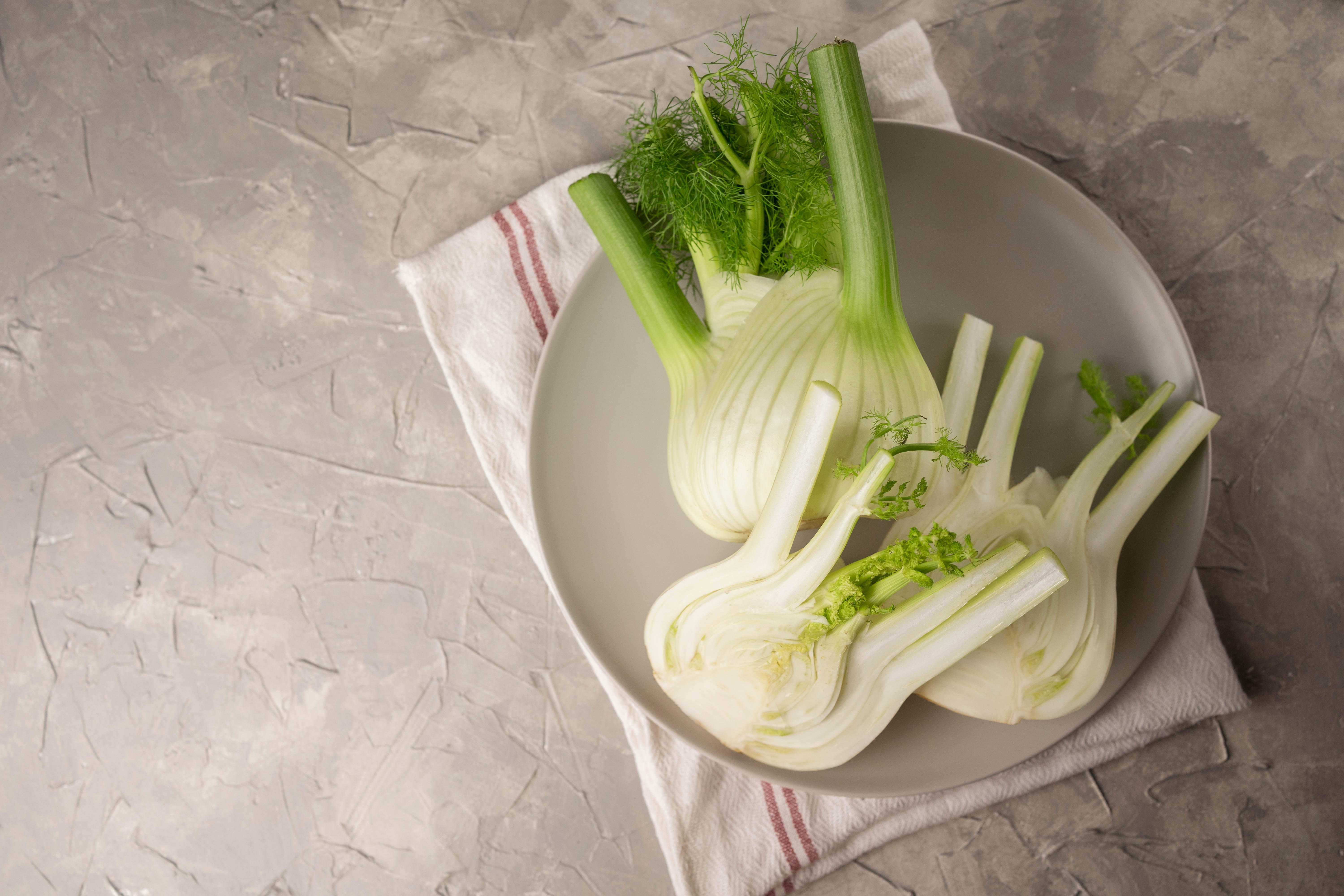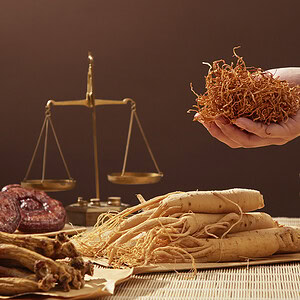Common in Italian cooking, fennel bulb also has a lot of flavour to offer the British table.
1. A delicious and versatile vegetable
Fennel is arguably an uncommon vegetable in the UK, but that shouldn’t prevent it from being the star in many recipes.
With an aroma and flavour similar to aniseed, it can be consumed raw, roasted, sautéed or even added to soups or sauces.
It might seem intimidating if you have never cooked with it before, but in reality it is easy to cook and highly versatile.
Once you understand it, you may even be excited to try it!
2. A favourite across Europe
In parts of Europe it is already a favourite ingredient.
In Italy, it’s used as a primary flavour component in Italian sausage, and is an important ingredient in salads, often tossed with avocado, or is used in risotto or served as a warm side dish.
In Spain, fennel stems are used in the preparation of pickled aubergines, berenjenas de Almagro (translated to ‘Almagro aubergines’).
3. Melt-in-the-mouth
Fennel is part of the carrot family, but not a beneath ground root vegetable.
The bulb, which is what we eat, grows above ground, holding together the long, thick stalks and feathery leaves that resemble the herb dill.
Although the stalks and leaves are edible, most recipes require the bulb.
Raw fennel has a crunchy and crisp texture similar to that of celery, and the flavour is similar to liquorice or aniseed, although less pronounced once cooked.
When roasted, it caramelises with a sweeter flavour and gains a soft, melt-in-the-mouth texture.
The stalk can be quite tough, so is best thinly sliced.

4. Nutritional and digestive benefits
Nutritionally, fennel bulb is a source of vitamin C, dietary fibre, potassium and small amounts of other essential nutrients such as calcium, phosphorus, iron, magnesium, zinc, niacin and vitamin K.
In the Indian subcontinent, the seeds are also used to aid digestion, and it is common practice to chew them after meals. It is also thought that chewing them can eliminate bad breath.
5. Eat it raw
If you have no time to cook and want to eat fennel bulb raw and fresh, simply grate it or chop it finely.
For an explosion of aroma and flavour, marinate it for 10-15 minutes in a mixture of olive oil, lemon juice, salt and pepper. This is delicious on its own, or can be mixed into a larger salad.
You can also dress it up with your favourite nuts or seeds, or sprinkle some Parmesan cheese on top.
6. Or warmed in the oven
For roasted fennel, slice it into thin wedges. Toss the wedges with olive oil, salt and pepper before placing them cut side down on a baking sheet.
Roast them at 200C for about 25-35 minutes, or until they’re caramelised around the edges.
Or if you would like it to be more substantial, trim the stalks and then slice the fennel lengthways into quarters. Toss with olive oil and season, before roasting.
Fennel also pairs very well with cheese, making a delicious alternative to cauliflower cheese.

7. It’s sauté time!
A quicker way to cook fennel bulb, however, is by sautéing.
Slice it thinly and toss it in a pan with some oil and salt — and some chilli flakes if you’re craving a bit of spice! It should take about eight minutes to caramelise and soften.
8. A gardener’s delight
If you want to grow fennel, you need to plant Florence fennel, because this is the variety that will produce the bulb.
Ordinary fennel, although a beautiful plant, will only produce flowers and seeds.

Enjoyed this article?
Learn about the queen of spice – cardamom!
For articles and recipes subscribe to Optimum Nutrition
Discover our courses in nutrition






